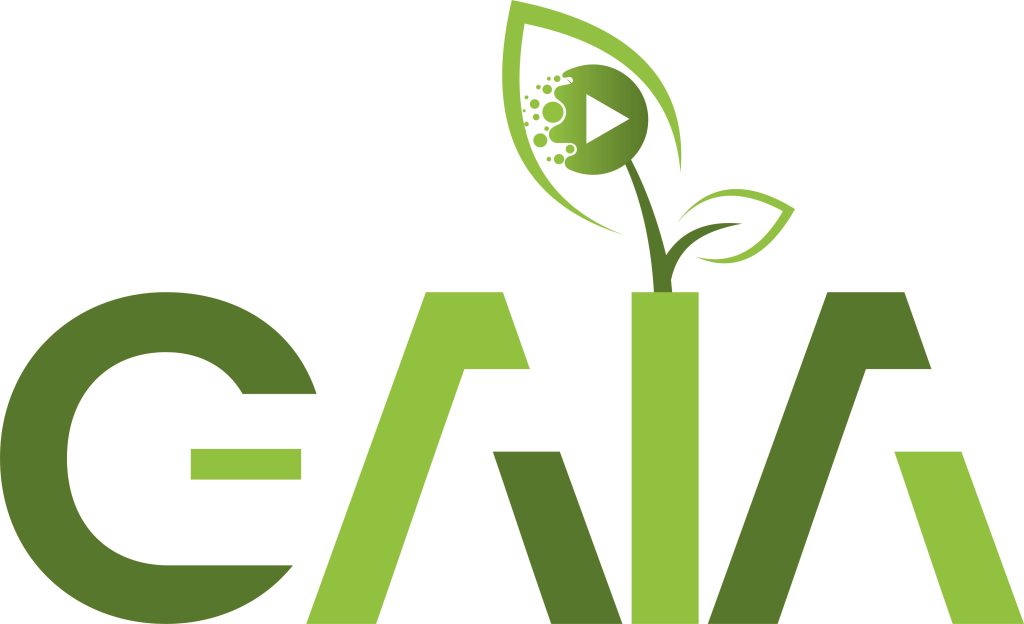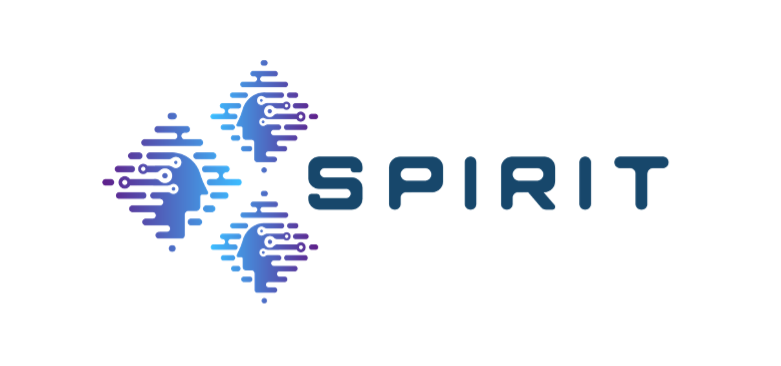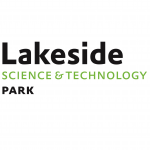IEEE Access, A Multidisciplinary, Open-access Journal of the IEEE
[PDF, GitHub, Slides, Video]
Babak Taraghi , Hermann Hellwagner and Christian Timmerer
(AAU, Austria)
Low-latency live streaming by HTTP Chunked Transfer EncodingAbstract: Live media streaming is a challenging task by itself, and when it comes to use cases that define low-latency as a must, the complexity will rise multiple times. In a typical media streaming session, the main goal can be declared as providing the highest possible Quality of Experience (QoE), which has proved to be measurable using quality models and various metrics. In a low-latency media streaming session, the requirements are to provide the lowest possible delay between the moment a frame of video is captured and the moment that the captured frame is rendered on the client screen, also known as end-to-end (E2E) latency and maintain the QoE. This paper proposes a sophisticated cloud-based and open-source testbed that facilitates evaluating a low-latency live streaming session as the primary contribution. Live Low-Latency Cloud-based Adaptive Video Streaming Evaluation (LLL-CAdViSE) framework is enabled to asses the live streaming systems running on two major HTTP Adaptive Streaming (HAS) formats, Dynamic Adaptive Streaming over HTTP (MPEG-DASH) and HTTP Live Streaming (HLS). We use Chunked Transfer Encoding (CTE) to deliver Common Media Application Format (CMAF) chunks to the media players. Our testbed generates the test content (audiovisual streams). Therefore, no test sequence is required, and the encoding parameters (e.g., encoder, bitrate, resolution, latency) are defined separately for each experiment. We have integrated the ITU-T P.1203 quality model inside our testbed. To demonstrate the flexibility and power of LLL-CAdViSE, we have presented a secondary contribution in this paper; we have conducted a set of experiments with different network traces, media players, ABR algorithms, and with various requirements (e.g., E2E latency (typical/reduced/low/ultra-low), diverse bitrate ladders, and catch-up logic) and presented the essential findings and the experimental results.
Keywords: Live Streaming; Low-latency; HTTP Adaptive Streaming; Quality of Experience; Objective Evaluation, Open-source Testbed.













